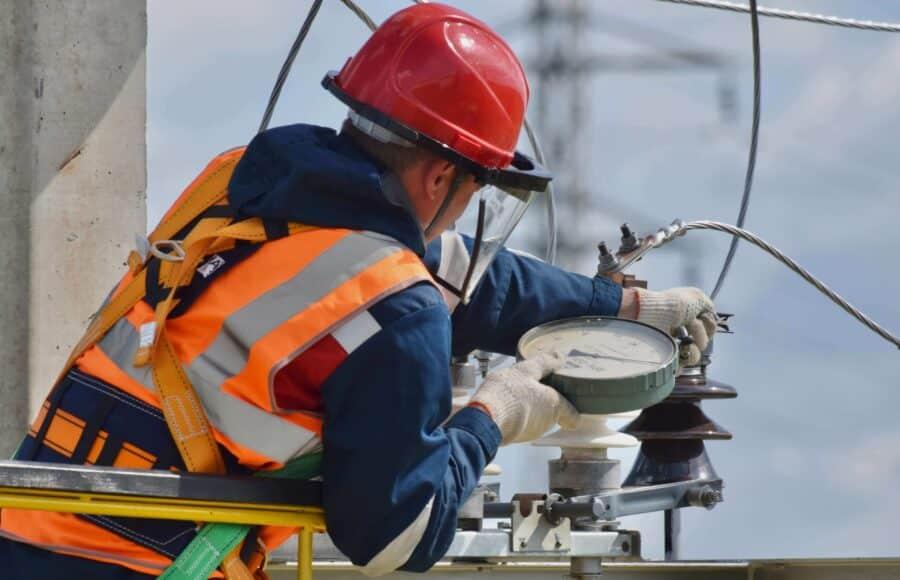In the construction industry, the path from a blueprint to a finished structure is a complex and intricate process.
For construction professionals, understanding the full lifecycle of a construction project—from the initial planning stages to the final handover—is crucial for achieving success, especially when it comes to saving money with cost breakdowns.
In this article, we will break down each phase of a construction project, highlighting essential steps and best practices that ensure projects are executed smoothly and efficiently.
Table of Contents
The Importance of Well-Planned and Executed Construction Projects
Well-planned and executed construction projects are vital for several reasons:
- Cost Efficiency: Proper planning helps identify potential cost overruns early, enabling better budget management.
- Time Management: A clear timeline and milestones keep the project on track, reducing delays and ensuring timely completion.
- Quality Control: Meticulous planning leads to superior craftsmanship, as all stakeholders clearly understand project requirements and standards.
- Safety: Comprehensive planning addresses safety protocols, reducing the likelihood of accidents on-site and ensuring compliance with regulations.
- Stakeholder Satisfaction: Well-executed projects foster positive relationships with clients and stakeholders, increasing the potential for repeat business.
- Resource Allocation: Effective planning ensures optimal use of resources, minimizing waste and enhancing productivity throughout the project.
The Pre-Construction Phase
The pre-construction phase lays the foundation for a successful project by establishing clear objectives, timelines, and budgets.
Project Initiation
Every construction project begins with a clear vision and objective. During the project initiation phase, key stakeholders come together to define the project’s scope, goals, and feasibility. This involves conducting site assessments, environmental studies, and market research to ensure the project aligns with regulatory requirements and market demands.
Planning and Design
Planning and design are the backbones of any construction project. This stage involves developing detailed architectural and engineering plans, selecting materials, and defining construction methods.
Budgeting and Permit Acquisition
Budgeting and permit acquisition are integral to the pre-construction phase. Establishing a realistic budget requires collaboration between architects, engineers, and financial experts. It’s essential to account for all potential costs, including materials, labor, and contingencies.
Simultaneously, securing permits involves navigating bureaucratic processes, which can be time-consuming but are crucial for legal compliance.
The Construction Phase
In the construction phase, planning transforms into action as the project team executes the plans and brings the vision to life.
Site Preparation
The construction phase kicks off with site preparation. This involves clearing the land, setting up temporary facilities, and preparing the site for building. Site preparation ensures a robust foundation for the structure and minimizes potential issues during construction.
Building Process
The actual building process is where the vision starts to take shape. This includes laying the foundation, erecting the framework, and installing essential systems like plumbing, electrical, and HVAC. Throughout this phase, maintaining safety and efficiency is paramount. Construction managers must coordinate various teams, monitor progress, and address any challenges that arise promptly.
Safety and Efficiency
Safety and efficiency go hand in hand during the construction phase. Implementing robust safety protocols protects workers and minimizes accidents. At the same time, efficient project management ensures tasks are completed on time and within budget. Regular site inspections, safety drills, and continuous team communication are key practices that enhance safety and efficiency.
The Post-Construction Phase
The post-construction phase signifies the completion of the project. It focuses on final inspections, handovers, and ensuring that all aspects meet quality standards and client expectations.
Project Handover
Once construction is complete, the project enters the handover phase. This involves transferring control of the completed structure to the client. A thorough handover process ensures that the client is fully informed about the building’s systems and maintenance requirements.
Final Inspections and Documentation
Final inspections are conducted to ensure the project meets all quality standards and regulatory requirements. Any defects or issues identified during these inspections must be rectified before the project can be officially handed over. Comprehensive documentation, including as-built drawings, operation manuals, and warranties, is provided to the client as part of the closeout process.
Client Satisfaction and Project Closeout
Client satisfaction is the ultimate goal of any construction project. Making sure that the client is happy with the final product requires attention to detail and effective communication throughout the project. The project closeout phase involves addressing any remaining concerns, finalizing payments, and obtaining client feedback for future improvements.
Technology in Construction
Technology in construction is redefining the industry by improving efficiency, enhancing safety, and facilitating better project management.
Innovations in Project Management
Technology is revolutionizing the construction industry, particularly in project management. Tools like Building Information Modeling (BIM), drones, and project management software streamline processes, improve accuracy, and enhance collaboration among stakeholders. These innovations enable construction professionals to manage projects more effectively, from planning through execution.
Impact on Safety and Efficiency
Technological advancements also significantly impact safety and efficiency on construction sites. Wearable devices, for example, monitor workers’ health and safety in real-time, reducing the risk of accidents. Automated machinery and robotics increase productivity and precision, allowing for faster project completion without compromising quality.
Future Trends
The future of construction technology looks promising, with ongoing developments in artificial intelligence, augmented reality, and sustainable building materials. These trends are expected to further transform the industry, making construction projects more efficient, cost-effective, and environmentally friendly.
Final Thoughts
Understanding the full lifecycle of a construction project—from planning to execution and beyond—is essential for construction professionals. Each phase presents unique opportunities and hurdles, and mastering them ensures project success and client satisfaction. By leveraging modern technology and adhering to best practices, construction professionals can enhance efficiency, safety, and overall project outcomes.





